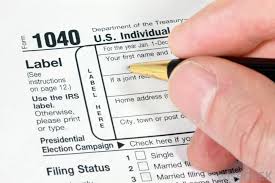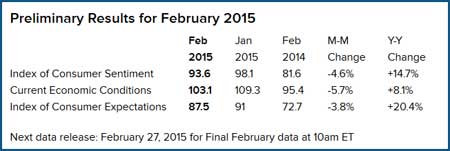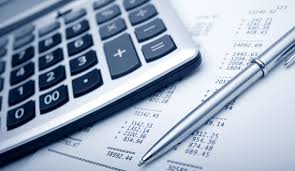
If you work at home, the government might subsidize what are considered personal expenses. If you regularly use part of your home or apartment for business matters, part of your utility and insurance costs may be deductible. You can write off part of the rent or the depreciation if you own your own home.
To help those who might have failed to claim this deductible because of the scary bookkeeping, the IRS has simplified the process. You may deduct $5 for every square foot of space that qualifies. On a 3,000-square-foot home, for instance, the deduction is $1,500.
Health insurance premiums and expenses also are eligible for deduction, but you must itemize. And the deduction is only to the extent that your medical expenses exceed 10 percent of your adjusted gross income (7.5 percent for those age 65 and older.)
If you are still running your business after you become eligible for Medicare, you can deduct the premiums for Medicare Part B and Part D as well as the cost of supplemental (medigap) policies. You don’t have to itemize to claim these deductions and don’t have to factor in the 7.5 percent of AGI tests that apply to itemized medical expenses for those 65 and older.
Employees can’t deduct the 7.6 percent of pay that goes into Social Security and Medicare. But if you are self-employed and have to pay the full 15.3 percent tax yourself, you may write off half of what you pay. The deduction is on the Form1040, so you needn’t itemize.
When you work for yourself, options for tax-sheltered retirement plans are available to you. You may choose to contribute pre-tax money to a Simplified Employee Pension (SEP) or a solo 401(k), either one of which has a higher annual limit than regular individual retirement accounts. You may opt for a regular IRA account. Each of the plans has its own set of tax requirements that you must be aware of.
Buying equipment for your business also provides a tax benefit. You may depreciate the cost over the number of years the IRS has established as the “life” of the particular item. A computer, for instance, has a life of five years, so the tax break can be broken down into that time period. But it isn’t as simple as deducting 20 percent for each of five years. The schedule calls for 20 percent the first year, 32 percent in the second, 19.2 percent in the third, 11.52 percent in year five and 5.76 percent in year six.
Or you may choose the Section 179 deduction that lets you deduct 100 percent of the purchase in one year. Many small business owners find this the least irksome choice. For the 2014 return, up to $500,000 in equipment is eligible for the immediate write-off.
Being aware of these deductions for your personal business could save you money when you prepare your 2014 return.



